Stern's Introductory Plant Biology 14th Edition By James Bidlack Test bank
$55.00
Stern's Introductory Plant Biology 14th Edition By James Bidlack Test bank
- Description
- Reviews (0)
Description
You will receive this product immediate after placing the order
Test Bank Stern’s Introductory Plant Biology 14th Edition By James Bidlack
Chapter 1 What Is Plant Biology?
1) The early scientist who first demonstrated experimentally that plants do not have the same modes of nutrition as animals was
A) Nehemiah Grew.
B) Carl Willdenow.
C) Alexander von Humboldt.
D) Sir J. D. Hooker.
E) J. B. van Helmont.
2) Plant ________ study plant relationships, identify and classify plants into groups based on genetic similarity, and name plants according to these groups.
A) taxonomists
B) physiologists
C) anatomists
D) morphologists
E) geographers
3) The science that deals with the form, structure, and life cycles of plants is
A) plant taxonomy.
B) plant physiology.
C) plant genetics.
D) cytology.
E) plant morphology.
4) The scientific method begins with
A) reading scientific journals.
B) substantiated observations that aren’t explained by existing principles or theories.
C) a tentative, unproven explanation of an observation.
D) restating a general theory in understandable terms.
E) testing hypotheses generated to explain observations.
5) The study of plants and their impact on humans is important because plants
A) provide food, shelter, and clothing.
B) provide the ecological support system linking all living organisms in their environment.
C) contribute to the natural beauty of the world and play a role in many recreational pursuits.
D) have, at least in the past, been an important source of medicine.
E) All of the choices are correct.
6) An experiment to test an hypothesis
A) should have one specific aspect or variable that is altered.
B) have a control in which a specific aspect or variable is not changed.
C) must be repeatable by others so that the results may be confirmed or refuted.
D) All of the above are needed for a good experiment.
7) Which sequence generally describes the steps of the scientific method?
A) hypothesis, observation, testing, retesting
B) testing, observation, hypothesis, retesting
C) observation, hypothesis, testing, retesting
D) observation, testing, hypothesis, retesting
E) observation, writing, hypothesis, publishing
8) The objective of scientific research is described as
A) collecting data.
B) developing and testing hypotheses.
C) using human history to explain technological advances.
D) using scientific instrumentation such as microscopes.
E) applying results to improve human lives.
9) Which of the following scientists would more likely be concerned with the rate of photosynthesis in leaves?
A) plant anatomist
B) plant physiologist
C) forester
D) plant geneticist
E) plant geographer
10) The Swedish botanist who produced the elements of our present system of naming and classifying plants in the eighteenth century was
A) Matt Johnson.
B) Carolus Linnaeus.
C) Gustav Bjorklund.
D) J. B. van Helmont.
E) Olaf Anderson.
11) A theory is
A) an educated guess.
B) an accumulation of data.
C) a modified hypothesis.
D) a repeatable observation.
E) a group of generalizations or principles that help us understand events in the natural world.
12) An early English botanist who described the structure of wood more precisely than any of his predecessors was
A) Nehemiah Grew.
B) Sir Joseph D. Hooker.
C) Charles Claude Smythe.
D) James Worthington.
E) Anton L. Bortenschlager.
13) According to the scientific method, an hypothesis is
A) a well-supported idea expanded from facts via reasoning but is not currently known to be entirely or universally True.
B) an idea or explanation that is a basis for experimental investigation.
C) information that is known and specific.
D) the last step in the scientific method that deals with collection of data.
E) an experimentally demonstrated fact.
14) People who study the interaction of people and plants in their environment are ________.
A) ethnobotantists
B) plant physiologists
C) plant scientists
D) plant taxonomists
E) horticulturalists
15) ________ is the scientific investigation of the biology of plants.
A) plant morphology
B) ecology
C) botany
D) cytology
E) ethnobotany
16) Environmental scientists are developing technologies to convert ________ into ________ as a source of renewable, plant-based fuel.
A) oil shale; diesel
B) cellulose and starch; ethanol
C) petroleum products; gasoline
D) wind; electrical energy
E) hydropower; electrical energy
17) When human populations increase, they increase their impact on plants and other living organisms by ________.
A) using plants as fuel
B) building homes
C) harvesting plants for food for themselves and their animals
D) replacing plant communities with agricultural crops
E) All of these choices are correct.
18) Plant ecologists and NASA scientists are working together to develop ________ for space travel that use plants to recycle carbon dioxide and produce oxygen.
A) chemical carbon dioxide scrubbers
B) open pond systems
C) methane generators
D) closed systems
E) water purification systems
19) If a catastrophe destroyed all green plants and algae on land and in the water, animal life would be able to survive for approximately ________ before suffocating due to lack of oxygen.
A) 6 months
B) 1 year
C) 6 years
D) 11 years
E) 100 years
20) Plants can live without humans but humans cannot live without plants.
21) Originally, the scientific method was considered to involve a routine series of steps.
22) The noted Swedish botanist Linnaeus published his book, Species Plantarum, in the early twentieth century.
23) Plant morphology is a discipline that deals with the naming and classification of plants.
24) Van Helmont concluded after his classical experiment with the willow tree that its increase in weight had been due to the water it had absorbed.
25) Science may be defined as “a search for knowledge of the natural world.”
26) Van Helmont’s experiment with a willow branch demonstrated that the soil in which it grew gained weight over time.
27) One website for learning about botany is MERLOT.
28) Tropical rainforest is the only vegetation type that is being negatively impacted by human activities.
29) Knowledge of plant anatomy can help in determining past climates and in forensic science.
30) Humans have contributed to global warming and atmospheric pollution which, in turn will affect plant distribution. However, a change in plant distribution will not affect animal populations.
Be the first to review “Stern's Introductory Plant Biology 14th Edition By James Bidlack Test bank”
You must be logged in to post a review.






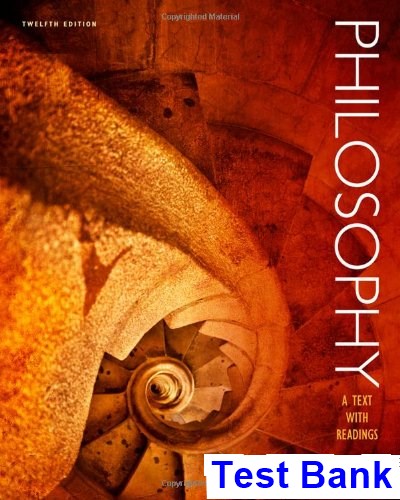
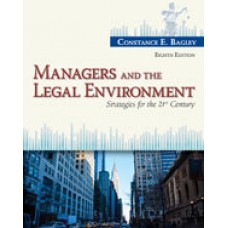
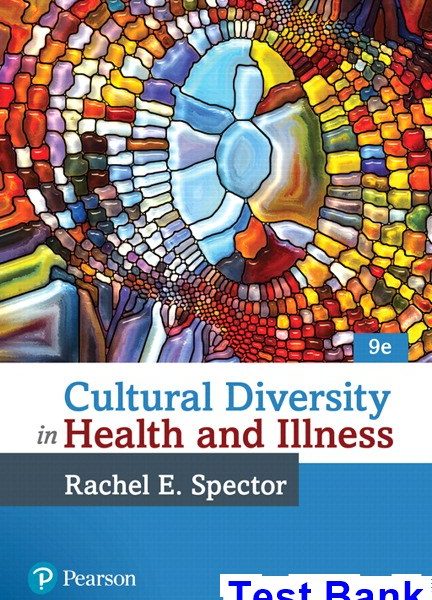
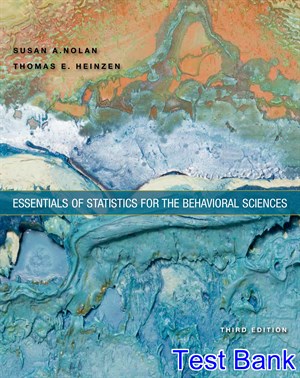

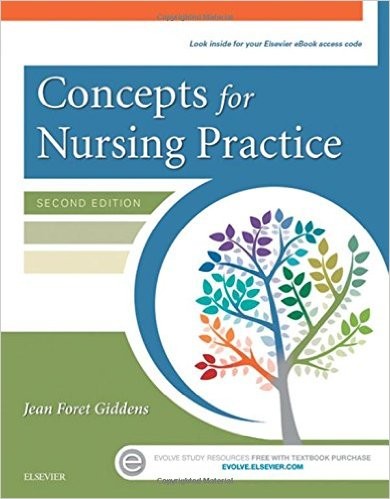

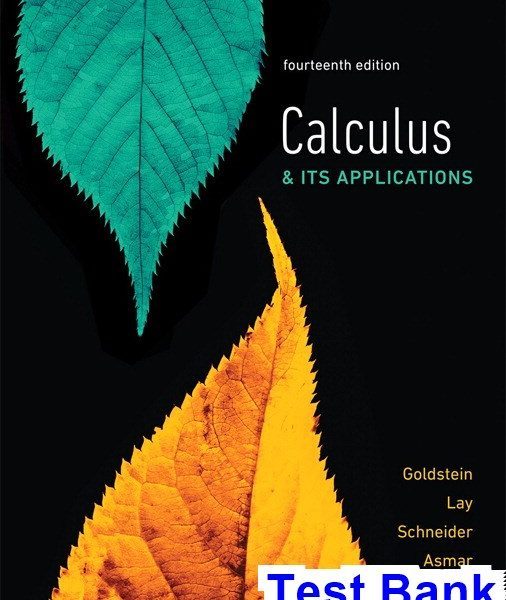
Reviews
There are no reviews yet.